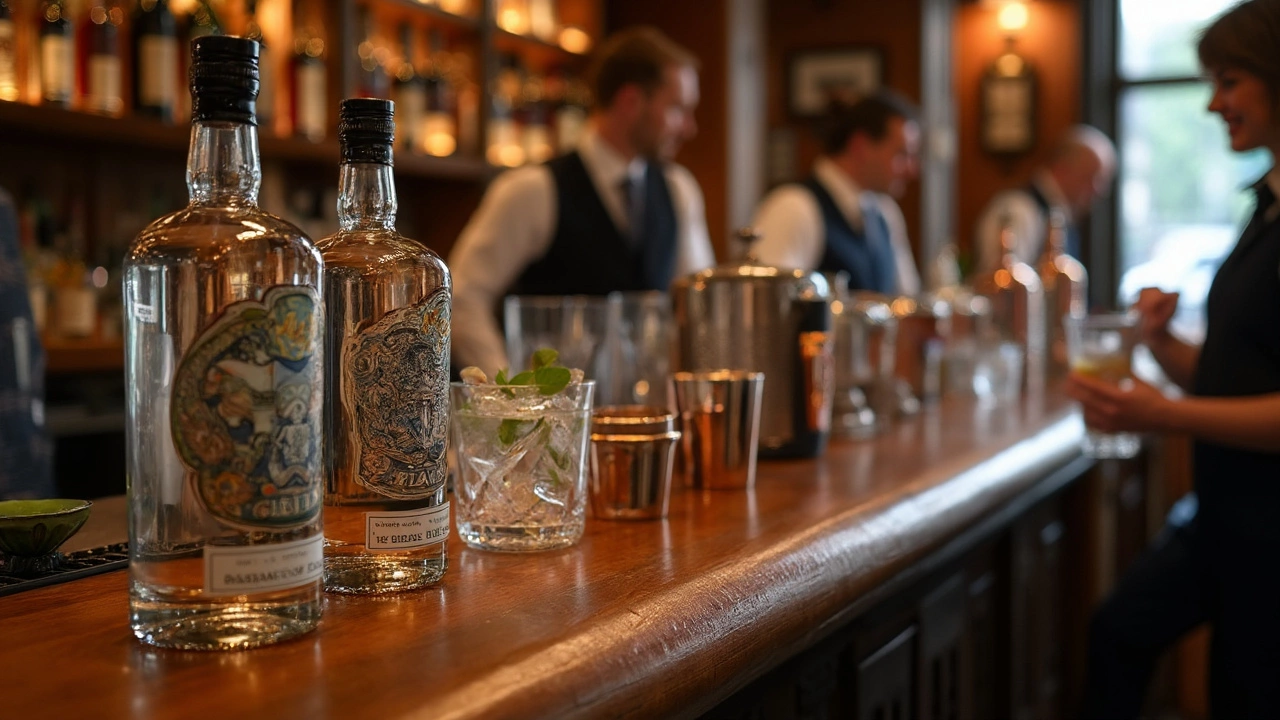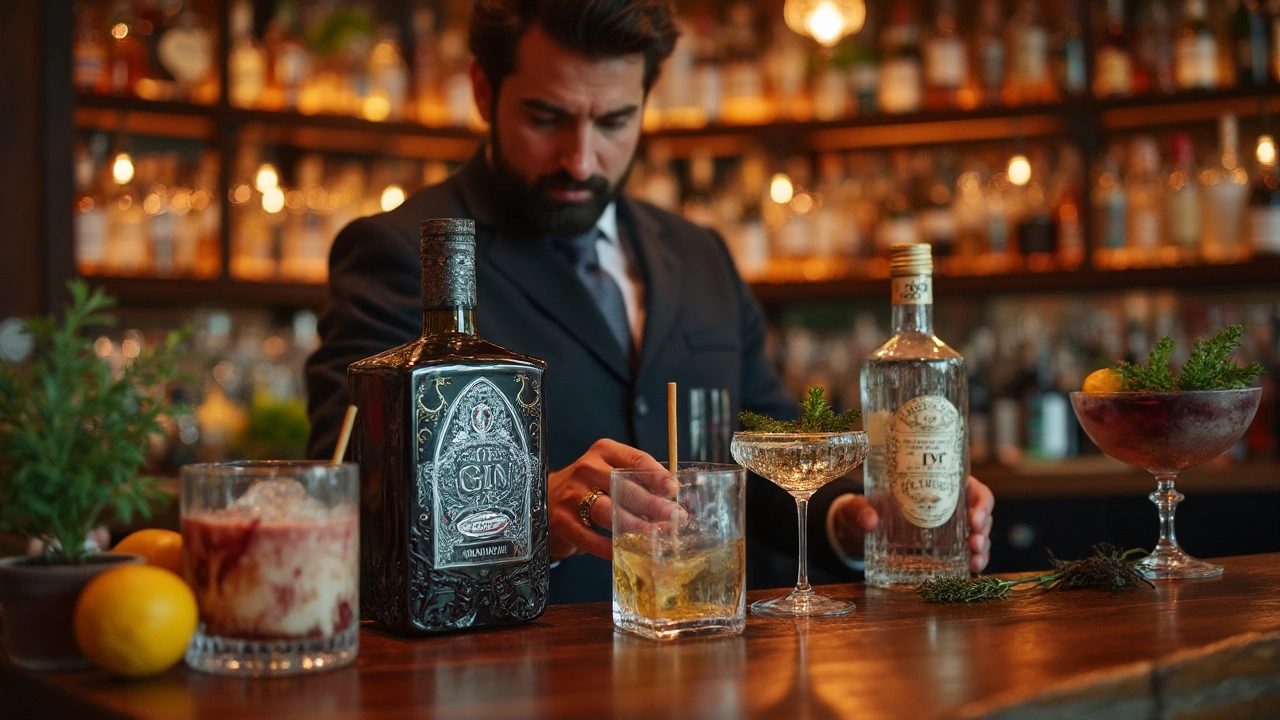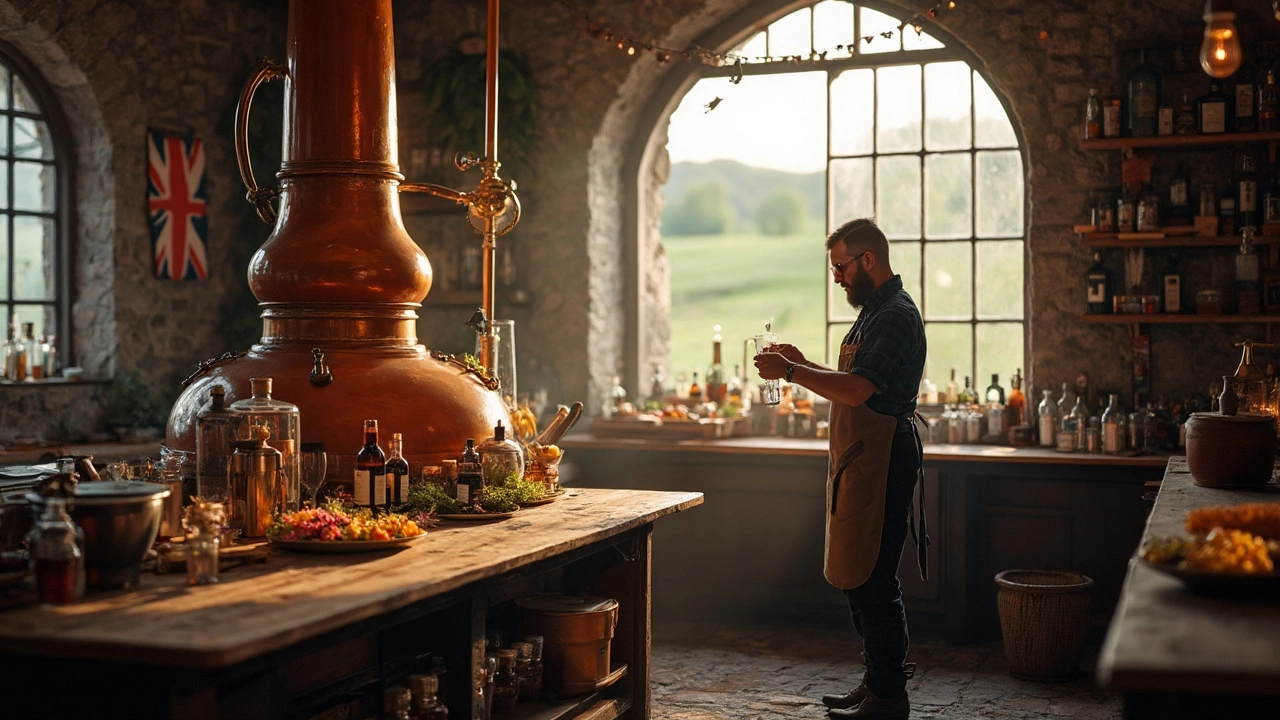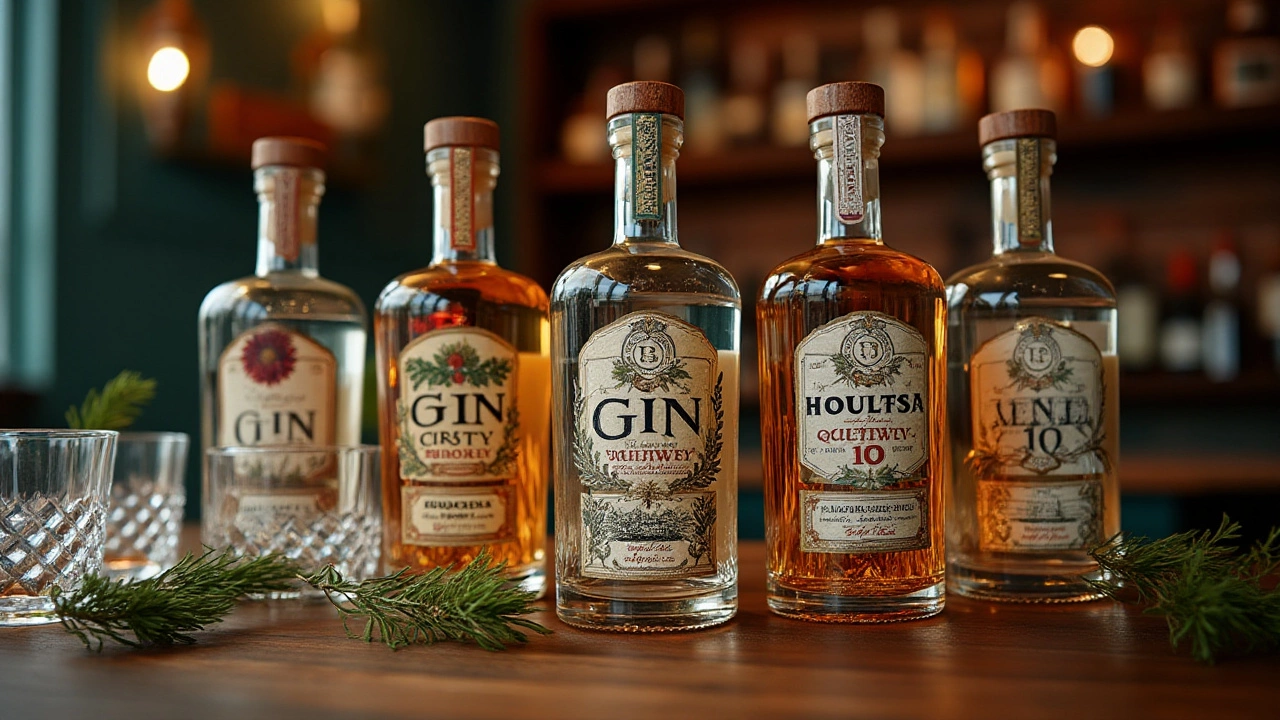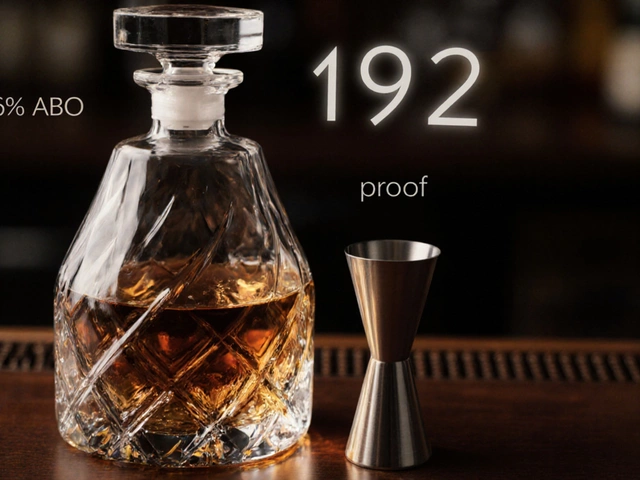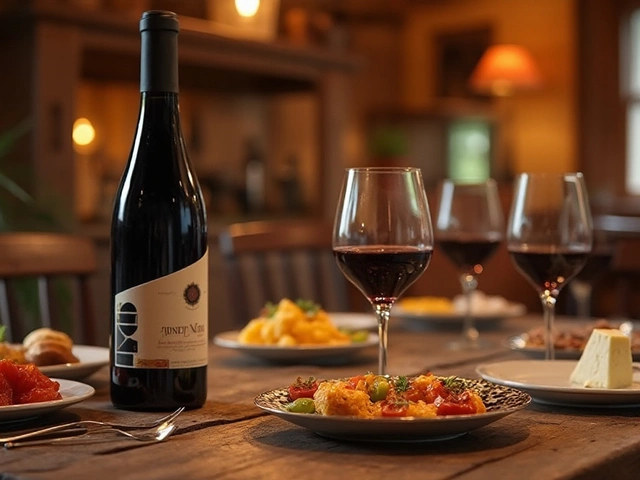Premium Gin: What Makes It Special and How to Enjoy It
If you’ve ever wondered why some gins taste smoother, more complex, or just plain better, the answer usually lies in the premium label. Premium gin isn’t just a fancy name – it means higher quality botanicals, careful distillation, and often a story behind the bottle. In this guide we’ll break down what sets premium gin apart, name a few stand‑outs, and show you simple ways to taste and mix them.
Top Premium Gins to Try Right Now
There are a lot of gin brands, but a few consistently rank as premium choices. Here are five that deliver flavor without a lot of hype:
- Hendrick’s – Infused with cucumber and rose petals, it’s light, floral, and perfect for a classic gin‑and‑tonic.
- Bombay Sapphire – Known for its blue bottle, this gin uses ten botanicals for a balanced, slightly citrusy profile.
- Monkey 47 – A German gin with 47 botanicals, offering deep pine and spice notes that work great in a Negroni.
- The Botanist – From the Islay islands, it pulls in local herbs for a herbaceous, almost earthy taste.
- Tanqueray No. Ten – Fresh citrus fruits are distilled with the spirit, giving a bright, clean finish that shines in martinis.
All of these gins are priced a bit higher than the average, but the difference shows up in the aroma and mouthfeel. Pick one that sounds tasty and give it a try.
How to Taste and Pair Premium Gin
tasting gin is a lot like wine – you want to notice the scent, the taste, and the finish. Here’s a quick way to get the most out of a premium bottle:
- Smell first. Swirl the glass gently and take a deep sniff. Look for the dominant botanicals – is it citrus, juniper, floral?
- Sip slowly. Let the gin coat your tongue. Notice the initial bite (often juniper), the middle body (spices or herbs), and the finish (sweet, dry, or lingering).
- Try a palate cleanser. A sip of water or a plain cracker can reset your taste buds between different gins.
When it comes to food, premium gin pairs best with light, bright flavors. Think fresh seafood, cucumber salads, or soft cheeses like goat cheese. The botanicals can cut through rich dishes, so a gin‑based sauce on grilled chicken works surprisingly well.
For cocktails, keep it simple to let the gin shine. A gin‑and‑tonic with a garnish that matches the gin’s profile (cucumber for Hendrick’s, orange peel for Tanqueray No. Ten) is a classic. If you want something a bit richer, try a martini – 2 parts gin, 1 part dry vermouth, stirred and strained, with a lemon twist.
Remember, premium gin isn’t about mixing it with every possible juice or soda. The goal is to highlight its craft. Experiment with a splash of elderflower tonic or a dash of bitters if you’re feeling adventurous, but let the gin be the star.
Whether you’re new to gin or a longtime fan, trying a premium bottle can change how you think about the spirit. Pick a brand, taste it clean, and then have fun mixing a few simple cocktails. You’ll quickly notice the difference quality makes, and that’s why premium gin deserves a spot on your bar shelf.
What does it mean when someone calls a gin brand 'top shelf'? This article breaks down exactly what makes a gin premium, names recognizable brands, and gives practical tips for spotting quality on your next distillery tour. We look at ingredients, techniques, and even the best ways to taste and enjoy gin like a pro. Anyone planning a distillery tour or looking to upgrade their home bar will get something useful here. Read on to discover what makes a bottle worthy of the top shelf.
View DetailsCurious about what makes a gin top shelf? This article breaks down the qualities that set premium gins apart and lists the bottles worth your attention. Discover real tips for spotting top shelf picks, from botanicals used to production techniques. Find out how gin distillery tours can give you a hands-on look at how your favorite bottles are made. By the end, you'll know exactly what to look for the next time you want something special in your glass.
View DetailsEver wondered why Hendrick's Gin costs so much more than the usual bottle on the shelf? This article breaks down the real reasons behind that higher price tag. From production quirks and rare botanicals to small-scale distilling and killer distillery tours, there’s more to it than meets the eye. For gin fans and curious drinkers alike, you’ll get the practical scoop on what’s driving the cost. Plus, you’ll find smart tips for getting your money’s worth when visiting Hendrick’s or stocking your own bar.
View DetailsExplore the lavish world of luxury gin, where unique botanicals and meticulous craftsmanship create extraordinary spirits. Learn about the most luxurious gins available, including exclusive distillery tours and unique tasting experiences. Uncover fascinating details about what sets these premium gins apart, and get tips for your next gin journey.
View DetailsWhen it comes to enjoying gin in its purest form, choosing the best gin to drink straight is an art. With a blend of flavors ranging from classic juniper to exotic botanicals, the right gin can offer a symphony of taste that is both complex and refreshing. This article explores some of the most exquisite gins suited for sipping neat, and offers insights into the best distillery tours where these gins are crafted. Discover how the distillation process and unique ingredients contribute to the distinct character of each gin.
View Details